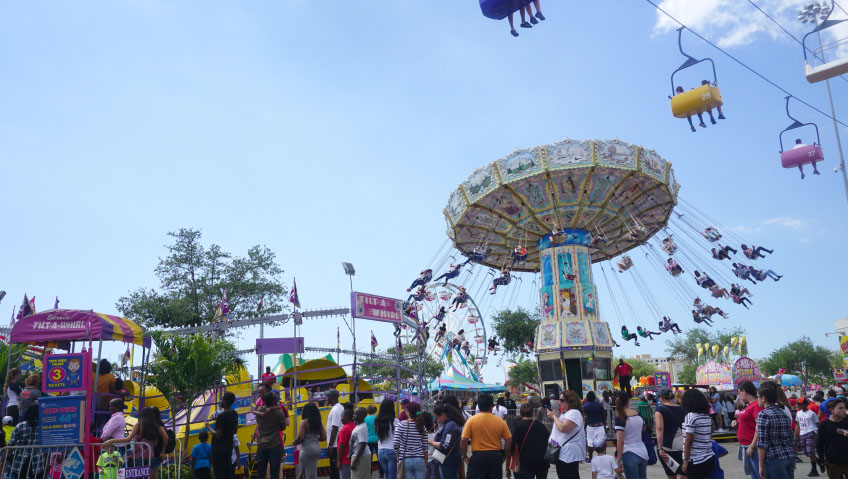What makes a city liveable?
Some global rankings—such as the list compiled each year by the Economist Intelligence Unit—consider factors that are well outside the purview of any municipality. On the EIU list, political and economic stability, infrastructure, education, health care, and the environment all contribute to the experience of living in one place as compared to another.
Those factors are important aspects of liveability, to be sure. In that organization’s most recent 2023 ranking, Vienna, Austria took first place globally. But Canada has a great deal to be proud of; it’s the only country in the world to have three cities—Vancouver, Calgary, and Toronto—in the top ten.
Not to dismiss the importance of the EIU’s rankings, however the inclusion of those three Canadian cities raises the question of how liveability is defined. Surely Vancouver’s notoriously high cost of living makes it difficult for some people to live there? The fact that not one city in the United States was included in the top ten also seems strange, as the country boasts an abundance of beautiful cities that are fantastic places to live.
Many Americans, and many Canadians living outside those three ranked cities, would argue that their city is very liveable—perhaps more so, in fact, than any of those that made the list. On the ground, as it were, a different definition for a liveable city—one that is more focused on quality of life—is more actionable and more tangible to a city’s residents.
Human-centric city design
A liveable city is one that seems designed with the human in mind.
In highly liveable cities, employment opportunities provide individuals and families with financial stability. An ample selection of businesses provides the products and services that residents need and want. Housing is available, and relatively affordable. Cultural and entertainment amenities allow for fun and escape. Parks and other green spaces offer a connection to nature.
And—some may say most importantly of all—it’s easy to get around by a range of means, including public transit and active transportation like walking and biking.
How did we get here?
European cities are generally regarded as more liveable than those in North America. Cities like Copenhagen, Denmark, and Hamburg are legendary for their extensive and well-used networks of bicycle paths, and their pedestrian neighbourhoods.
The underlying reason is simple: most cities there were planned and built long before those here. More to the point, they were designed before the invention of the automobile. Towns and cities had to be walkable, because that’s how most people got around. They had to be able to walk from their home to the places they bought food and other necessities. Their place of work also needed to be nearby. So communities were designed to be compact.
Everything changed when vehicles took over as the transportation method of choice. That change took urban planning in a different direction, just as cities in Canada and the United States were growing.
Residential areas were planned as just that: places where people had their homes. Quiet neighbourhoods—urban and suburban alike—were composed of blocks and blocks of houses, punctuated by the occasional park and perhaps a school or two. To do just about anything, residents got in their car and drove out of the neighbourhood. They’d connect with a broad avenue, designed to efficiently carry a high volume of vehicle traffic from place to place. (Sometimes these avenues were accompanied by a sidewalk for pedestrians and lanes for bicycles, but not often.)
The places a family needed to shop were ‘over there,’ at the far end of a car trip. At the other end were the offices where many of the residents worked.
That type of car-centric community design is, happily, becoming a thing of the past. Urban planning in North America is coming around. There is an increasing focus on creating complete communities within cities, where people can choose to live, work, and play within a relatively small radius. In doing so, North American cities are becoming more liveable all the time.
Where do we go from here?
One of the challenges facing urban planners is correcting the mistakes of the past. Communities that were designed around the vehicle are difficult to reform. Zoning changes that allow for more diverse land use in established areas are one of the only levers available to planners. Over time, areas that are purely residential may begin to incorporate more commercial and retail uses, and previously developed land can be reclaimed as green space.
In established commercial areas of a city, the introduction of residential and retail applications through infill and rezoning can also inject life and vibrancy into areas that were previously lively only during office hours.
These changes, requiring both government action and private sector investment, are slow to take effect. The real opportunity exists where new development is underway. A growing number of cities are embracing these opportunities. But why?
Liveability as an economic development tool
A well-planned city offers a high quality of life throughout all of life’s stages. It offers recreational options for younger and older people alike. Young professionals and retirees may look for different things in a city, but a liveable city is one that offers something for everyone as their needs and desires evolve. It is one that makes the necessary activities of life—living, working, shopping—as accessible as possible for people of all ages and with all levels of mobility. A liveable city incorporates ample green space and recreational options. It also makes a good quality of life affordable, with a range of housing options and a transportation network that makes car-free living possible, should one choose.
These kinds of cities are ‘talent magnets’—cities that attract people who want to live there, in turn attracting the companies that want to hire them. As such, urban planning is quickly becoming one of the most effective tools for economic development that any city has at its disposal, in part because of one underlying driver that is becoming more critical every day: sustainability.
The importance of sustainability
A few decades ago, this kind of urban planning may have been guided primarily by a desire to make a city nicer and more enjoyable to live in. Today, there’s a new level of importance to making these changes, one that is so globally important it’s been codified as one of the United Nations Sustainable Development Goals. Goal 11 is to ‘Make cities and human settlements inclusive, safe, resilient and sustainable,’ and it includes strategies such as disaster risk reduction, which hits particularly close to home in an era of increased fires, flooding, and severe storms.
Reclaiming green spaces in urban areas—or protecting them as cities grow—is one aspect of sustainability. A connection to the natural environment promotes mental and physical well-being, increasing quality of life for residents. Green spaces also provide critical mitigations against the urban heat island effect, absorbing heat and cooling the areas around them.
Goal 11 also incorporates sustainable transportation as one of its fundamental components. A city where public and active transportation are viable options for getting around is one that contributes less to climate change. That, in itself, is a laudable objective. But there are other outcomes, ones that a city’s residents experience on a day-to-day basis, that contribute to a city’s overall liveability.
Making active transportation viable options for regular commuting promotes a healthy population. Walking and bicycling, specifically, help keep people healthier not only physically, but mentally and emotionally as well. And active transportation and public transportation alike offer dramatic reductions in the cost of living for a city’s residents.
Liveability is the future of cities
People of all ages and stages want the ability to quickly and easily get from home to work or school, and to shops and other amenities. Many want to be able to choose active or public transportation as a primary means of getting from A to B. And everyone wants the opportunity to affordably realize a good quality of life.
These are on-the-ground elements of a truly liveable city, and they’re within reach of smart cities, their leaders and planners, and their citizens.






